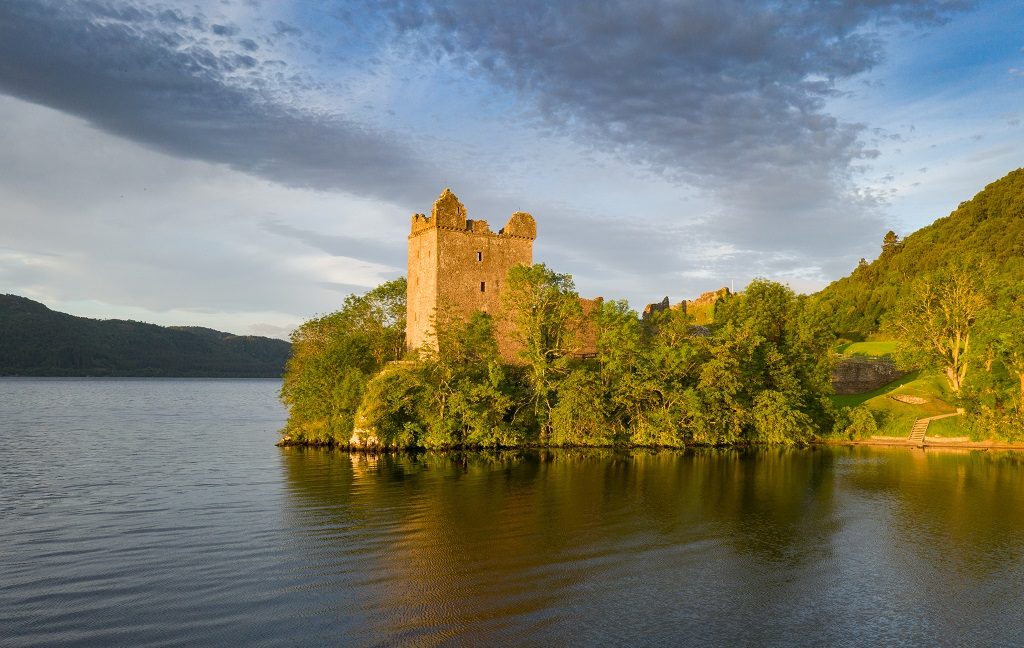

But in the years since Nessie leapt suddenly into prominence, many sightings have been substantiated by reputable individuals: monks, lawyers, scientists, even Dr. Nessie-sighting developed into a favourite pastime for travellers to the Highlands, as did the perpetration of hoaxes by celebrity seekers. Also, until recently, the Highlands was a remote, barely accessible area and the news did not travel quickly.Īll this changed in 1933 when a new road was constructed along the north-western shore of Loch Ness.

If a farmer in the Highlands chanced to see a kelpie, he was unlikely to call attention to the fact. It is little wonder that no sightings were reported. A gentlemen I met in Inverness told me the underwater creature was called a 'kelpie' (water horse) in Gaelic and that sighting it was considered a bad omen. There were no verified reports of sightings until 1933, although in the intervening centuries sporadic stories circulated of a gigantic creature lurking in the depths of the loch. Sign up to British Heritage Travel's daily newsletter here! It is said that on his way to visit the king of the northern Picts near Inverness he encountered the loch's water monster, a fact attested to by his biographer, a later abbot of Iona named Adamnan. Columba, founder of the first Christian monastery in Scotland, supposedly made the first sighting. Nessie's history goes back a long way at least to the mid-6th century AD when St. A ribbon of a road, the A82, winds its way along the north-western shore, going north, passing Urquhart Castle after detouring at Drumnadrochit. Mountains separated by deep glens rise from the shore-lines along much of the loch. One moment it is placid, the next it is abruptly beset by wind and wave. Loch Ness is a moody lake, subject to quick change. As much as 25,000 years ago, glaciers created the three land-locked lakes-Ness, Oich, and Lochy-which extend across the highlands within the Great Glen. The fault cuts across northern Scotland from the north-east (the North Sea) to the south-west (the Atlantic). However, if you walk back from the car park along the footpath towards Drumnadrochit, there is a spot where you have a view and can take some pictures.Loch Ness lies in the Great Glen, a fault believed to have been formed by a rift some 300 to 400 million (or as much as 700 million) years ago. That wouldn't be a problem, but we feel the admission charge is out of all proportion to the amount of castle to be seen so we struggle to recommend paying the entry fee. If you really have to get a good picture of the castle then you will need to pay to go in as it is hard to get a view of the castle from the car park due to trees that have been strategically planted to obscure the view. The film show has a great finale, but we won't spoil the surprise by telling you.Īt the end of the day, Urquhart Castle is just a ruin with not many intact parts to view. The film show explains how the castle evolved from the time of the 6th century through to its demolition in 1691 when its defenders decided to abandon it. The Visitor Centre also offers a good film show about the history of the castle which lasts about 8 minutes. There is a small area with a display about the castle which includes a large scale model of how the castle would have appeared at its peak. You have to go through the visitor centre to get to the ruins, so you have to pay the admission fee.Ī large area of the Urquhart Castle Visitor Centre is dedicated to a cafe and gift shop. Hence the rather inflated entrance fee for a few crumbling walls. Historic Scotland opened the current visitor centre in 2002 to benefit from the huge trade in visitors. But on a nice day, the setting is fabulous as Loch Ness and the hills offer a beautiful backdrop. The castle has had a turbulent history, having changed hands many times and suffered a few wars, so it is now in a state of ruins.

Urquhart Castle benefits from a fantastic position on the edge of Loch Ness, and it's one of the most frequent spots for Nessie sightings!


 0 kommentar(er)
0 kommentar(er)
